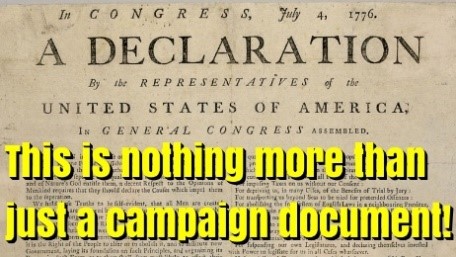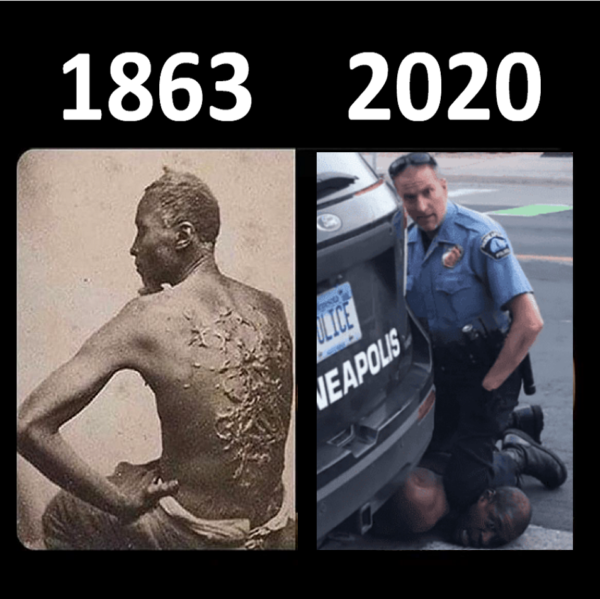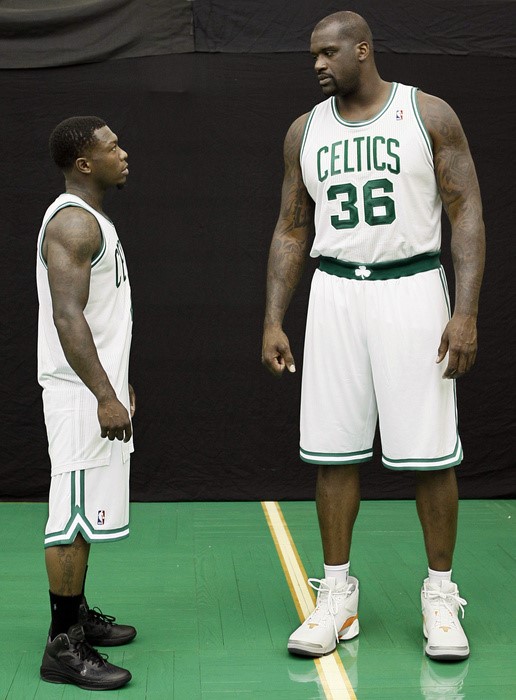“All men are created equal” – What a slogan in the “Declaration of Independence”!
It was powerful and useful for America to defy the British King at the time. But its true validity has been in question ever since, with profound implications to date, not only for America, but also for the world.
So, it is time to thoroughly clarify it: it is false – then, now, and forever.
In other words, not all men are created equal!
1. What is the “Declaration of Independence”?
The image below is an excerpt from What is “Declaration of Independence,” anyway?
The best quotable from the document is no different: “All men are created equal” was just a powerful campaign slogan at the time!
For more, read What is the American Revolution, anyway (V3)?
2. Reasoning with Thomas Jefferson
The image below profoundly reasons with Thomas Jefferson and his disciples …
Bottom line: At best, Thomas Jefferson did not practice what he preached throughout his last 50 years. At worst, he never believed in what he preached!
3. Contradiction from Day 1
Below is an excerpt from Wikipedia – All men are created equal – Slavery and the phrase.
The contradiction between the claim that “all men are created equal” and the existence of American slavery, including Thomas Jefferson himself owning slaves, attracted comment when the Declaration of Independence was first published. Before final approval, Congress, having made a few alterations to some of the wording, also deleted nearly a fourth of the draft, including a passage criticizing the slave trade. At that time many other members of Congress also owned slaves, which clearly factored into their decision to delete the controversial “anti-slavery” passage.[21] Jefferson believed adding such a passage would dissolve the independence movement.[citation needed] Jefferson, decades before the Declaration of Independence, argued in court for the abolition of a slave.[clarification needed] The court dismissed the case outright. In writing the declaration, Jefferson believed the phrase “all men are created equal” to be self-evident, and would ultimately resolve slavery.[citation needed] In 1776, abolitionist Thomas Day wrote: “If there be an object truly ridiculous in nature, it is an American patriot, signing resolutions of independency with the one hand, and with the other brandishing a whip over his affrighted slaves.”[21] This phrase is further used in Martin Luther King Jr.‘s “I Have a Dream” speech for many of these same reasons.
Over the past 200 years, there have been numerous attempts to interpret the slogan “all men are created equal” differently …
4. Different interpretations
There are at least four major different interpretations:
- Just the slogan, literally.
- Reading beyond the slogan.
- Going beyond the document.
- It is an ideal.
Let me elaborate on each …
4.1 Just the slogan, literally
Simple slogans are useful. They can empower people, and politicians like to use them.
4.2 Reading beyond the slogan
Below is the entire second paragraph in the document of the Declaration of Independence.
As you can see, following the sentence of “all Men are created equal,” there is a second sentence to elaborate it: “they are endowed by their Creator with certain unalienable Rights, that among these are Life, Liberty, and the pursuit of Happiness.”
So, the slogan really refers to some “unalienable Rights,” not equality for everything such as physical ability or intellectual capacity.
How well, then, were the “unalienable Rights, that among these are Life, Liberty, and the pursuit of Happiness” practiced at that time in America?
Read the image below!
4.3 Going beyond the document
Here is an excellent article: The Declaration of Independence: “An Expression of the American Mind”. Below is an excerpt.
This was the object of the Declaration of Independence. Not to find out new principles, or new arguments, never before thought of, not merely to say things which had never been said before, but to place before mankind the common sense of the subject, in terms so plain and firm as to command their assent, and to justify ourselves in the independent stand we are compelled to take. Neither aiming at originality of principle or sentiment, not yet copied from any particular and previous writing, it was intended to be an expression of the American mind, and to give to that expression the proper tone and spirit called for by the occasion. All it’s [sic] authority rests on the harmonizing sentiments of the day, whether expressed in conversation, letters, printed essays, or in the elementary books of public right, as Aristotle, Cicero, Locke, Sidney, & c.
4.4 It is an ideal
When an ideal is too remote, it becomes a lie. One prominent example: communism.
Below is an excerpt from this “black” article: Our democracy’s founding ideals were false when they were written. Black Americans have fought to make them true.
The United States is a nation founded on both an ideal and a lie. Our Declaration of Independence, approved on July 4, 1776, proclaims that “all men are created equal” and “endowed by their Creator with certain unalienable rights.” But the white men who drafted those words did not believe them to be true for the hundreds of thousands of black people in their midst. “Life, Liberty and the pursuit of Happiness” did not apply to fully one-fifth of the country.
4.5 Summary
Simple slogans sell – People like them, without a mouthful elaboration. As a result, “all men are created equal,” an “expression of the American mind” in Jefferson’s words, has since been used mostly as a “principle” for all types of equality, from its correct usage for “equal right to pursue happiness” and “equal justice” to its totally abusive usage for “equal income” and “equal outcome.”
5. American history defies it!
America is still a young country. Yet, its short history is fraught with a long list of contradictions concerning the slogan of “all men are created equal,” with slavery being the most obvious example.
America did try to address the slavery issue. One example: the Three fifths Compromise. Another example: when slavery became irreconcilable with the so-called “Christian values,” America simply made slaves “property” (Slavery in the U.S.). What an arbitrary, self-serving way to deal with the blatant paradox! To no avail, America finally seriously addressed the issue with a Civil War, without final satisfaction even to this day, as highlighted by the image below.
6. Human history defies it!
We are born unequal, either in ability or in rights.
In terms of the ability, here is a famous quote in sports: there is only one thing that cannot be taught or learned: height.
In terms of the rights, two highlights:
- American women were obviously not “men” enough to have the voting right until 1920 (19th Amendment to the U.S. Constitution: Women’s Right to Vote).
- Many rights in America today are mostly determined by the Zip code, into which one is born (Zip Code Effect: Your Neighborhood Determines Your Lifespan by as Much as 30 Years).
7. “All men are created equal” and American democracy
As a campaign slogan, “all men are created equal” ceased to be useful after 1783 (What is the American Revolution, anyway (V3)?). But it found its way into the U.S. Constitution as “We the People” (What is the U.S. Constitution, anyway?) …
Together, these two slogans have profoundly shaped American democracy, which was a mistake! Two informative readings:
How big is the mistake, anyway?
8. America: reality checks
Three examples …
8.1 Reality check #1
For more, read Brainwashing and America.
8.2 Reality check #2
For more, read Will America lie all the way into WW III?
8.3 Reality check #3
For more, read America is a lie!
9. Closing
Not all men are created equal, either in theory or in practice!
For its profound implications to America today, read History 2.0 – China’s Comeback vs. America’s Decline.












